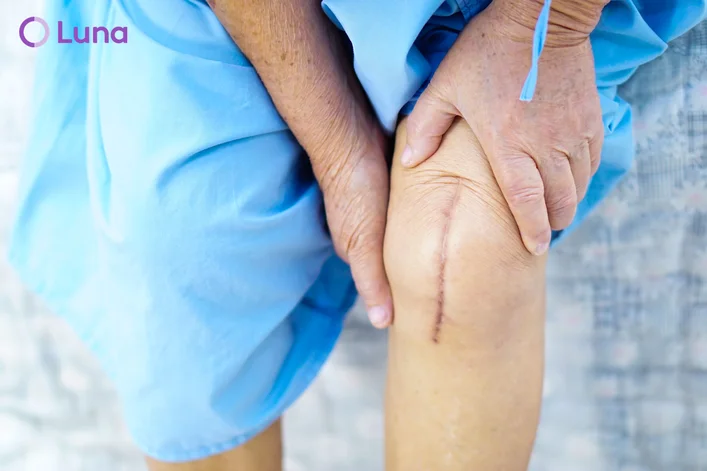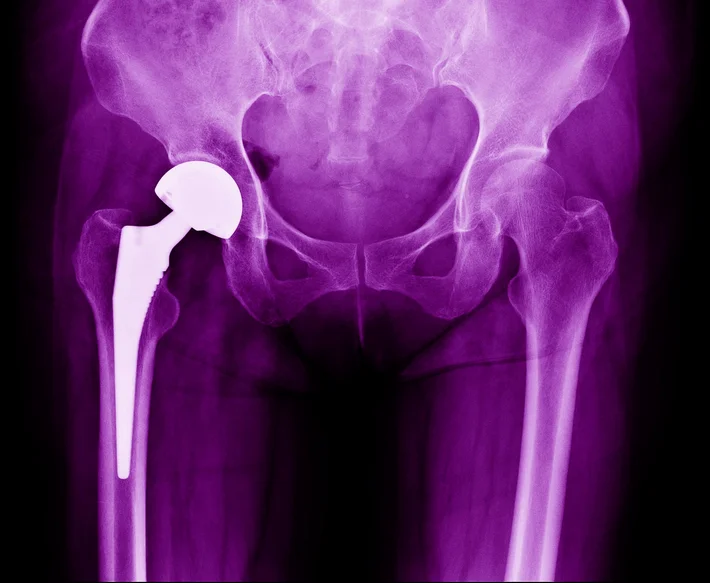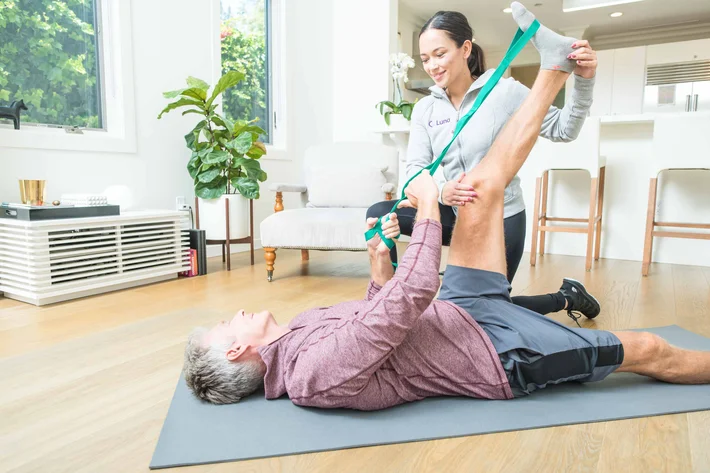
Meet with the best prehab before joint replacement physical therapists in Forest City, Florida
Forest City, Florida, Luna has physical therapists who specialize in prehab before joint replacement. Our PTs understand that joint replacement can be a difficult and nerve-wracking experience, and they’ll work with you to ensure that you’re both mentally and physically prepared for your operation.
Luna provides first-class physical therapy to patients in the comfort of their homes. Our physical therapists come to you — it’s physical therapy, delivered.

What is prehab for joint replacement surgery?
While physical therapy following a joint replacement surgery is standard care for all patients, it’s only recently that hospitals and doctors have begun to recommend preoperative physical therapy as well. Known as “prehabilitation,” this physical therapy has been shown to diminish the need for postoperative care by almost 30 percent, saving an average of over $1200 per patient.
According to a 2014 study of 4,733 total hip replacement and total knee replacement surgeries, only 54.2 percent of patients who received preoperative care required postoperative care services, compared to 79.7 percent of the patients who did not receive preoperative care. The study showed that prehab can be both more cost-effective and more beneficial to patient health.
It’s recommended that patients begin a prehab program at least six weeks prior to their surgery, and many medical professionals believe that short, daily sessions are more effective for prehab than longer weekly sessions. Patients who wish to participate in prehab may meet with a physical therapist weekly or bi-weekly to check progress and learn new exercises, however they may also be counseled to perform exercises on their own each day between sessions.
Source: Science Daily

Physical therapy before a joint replacement
Because patients undergoing joint replacement surgery will have different needs, different timelines, and varying levels of fitness, prehab routines must be personalized by a licensed physical therapist. Generally, any prehab routine will include a mix of low-impact cardiovascular exercises and strength exercises, which are intended to strengthen the muscles around the affected joint.
Source: My Southern Health














